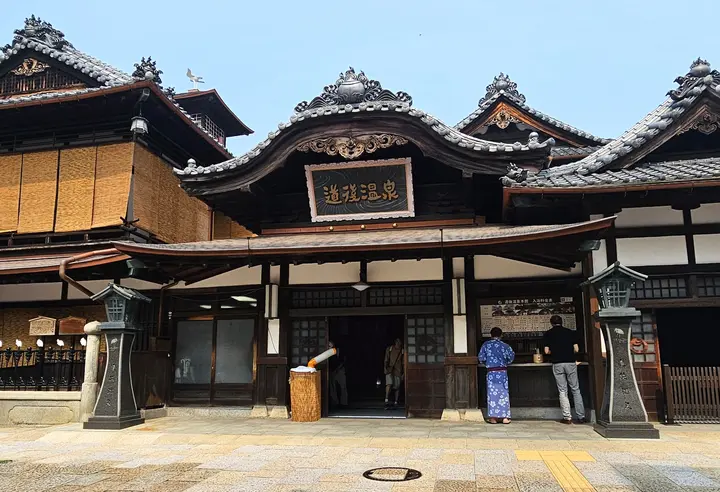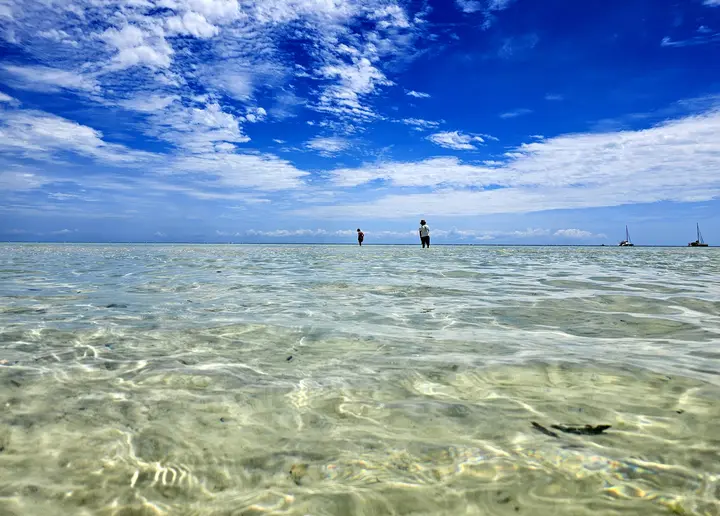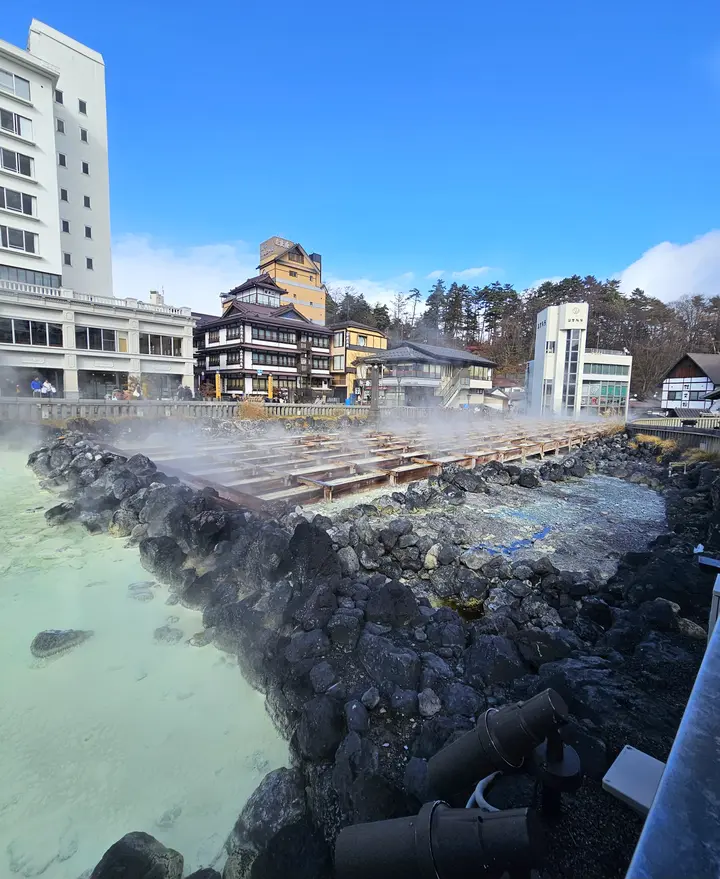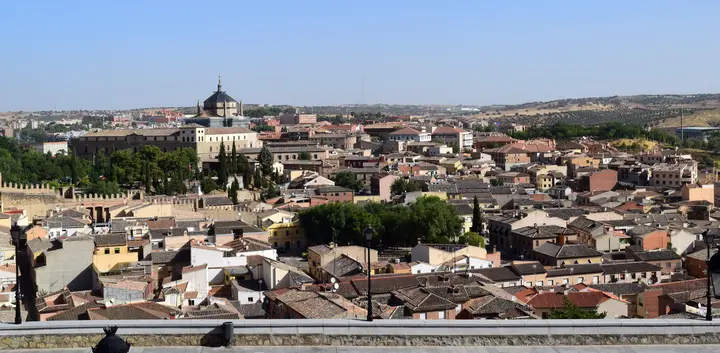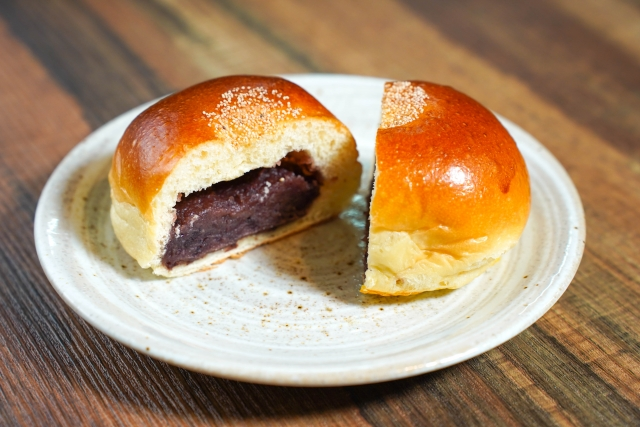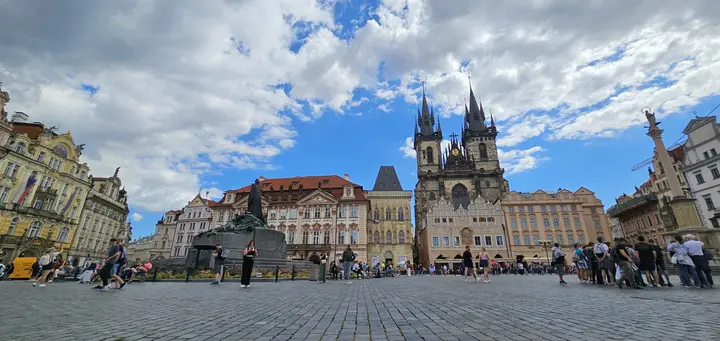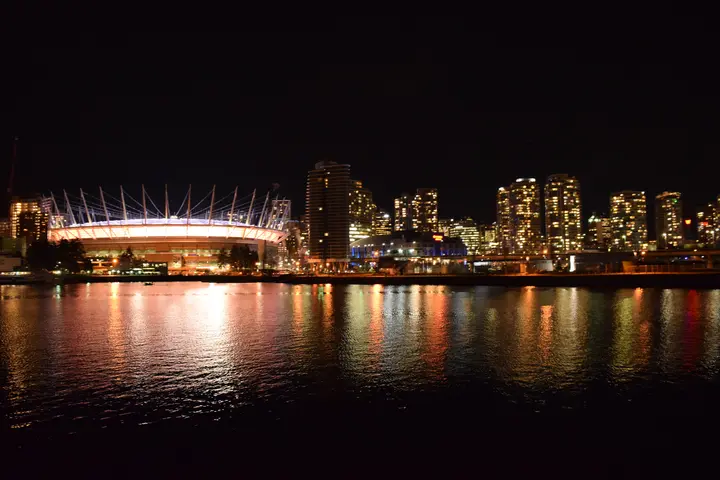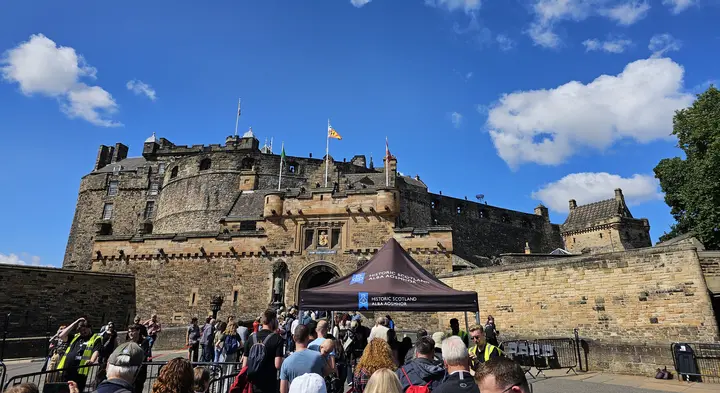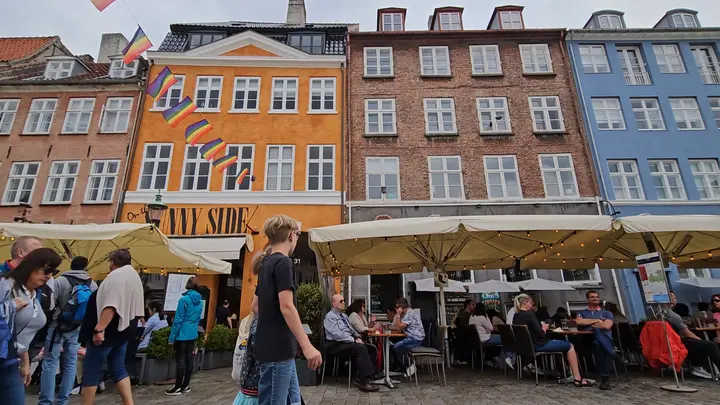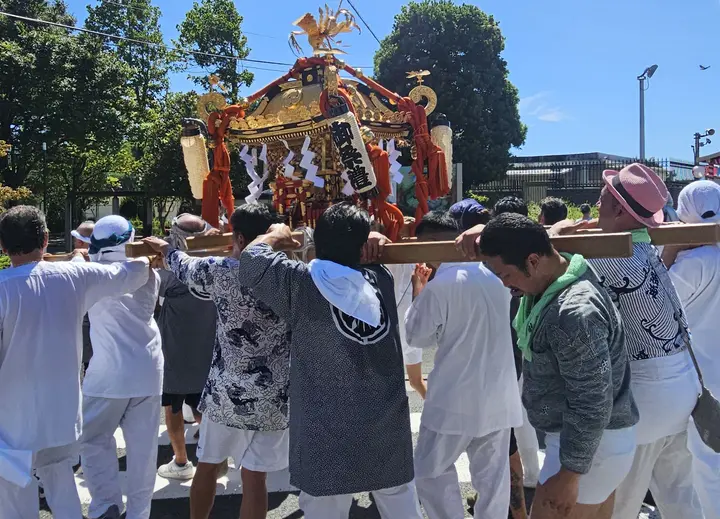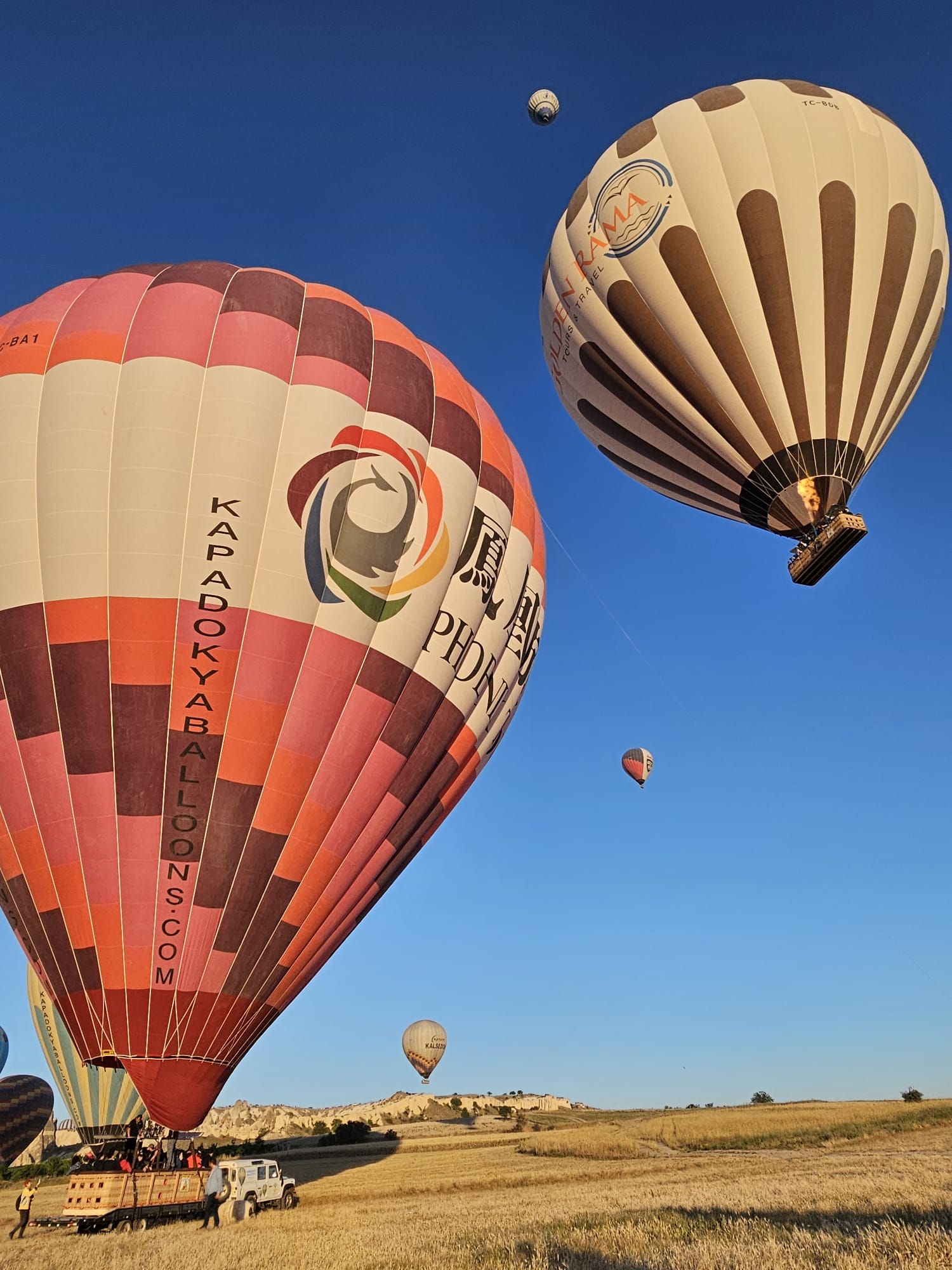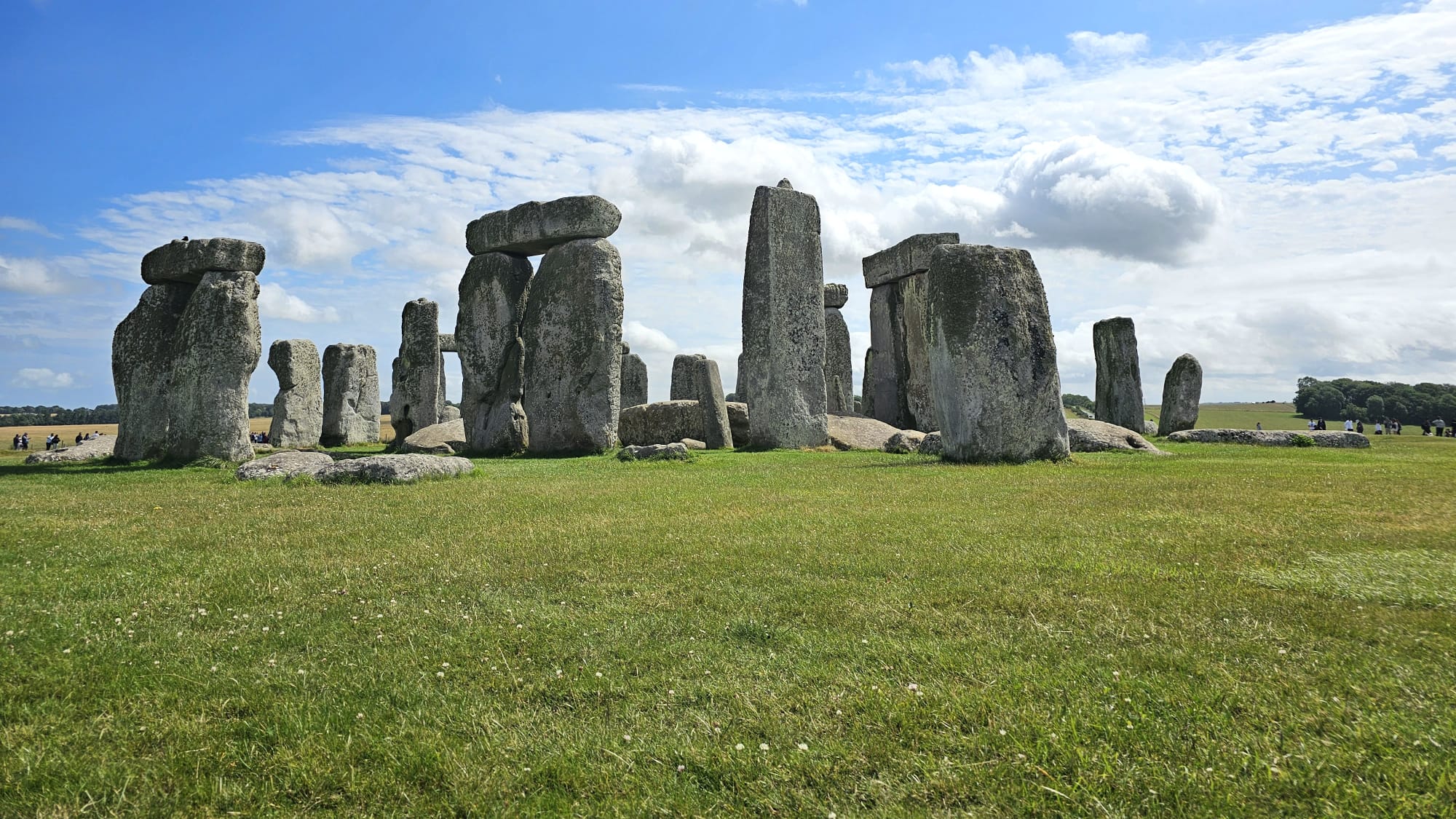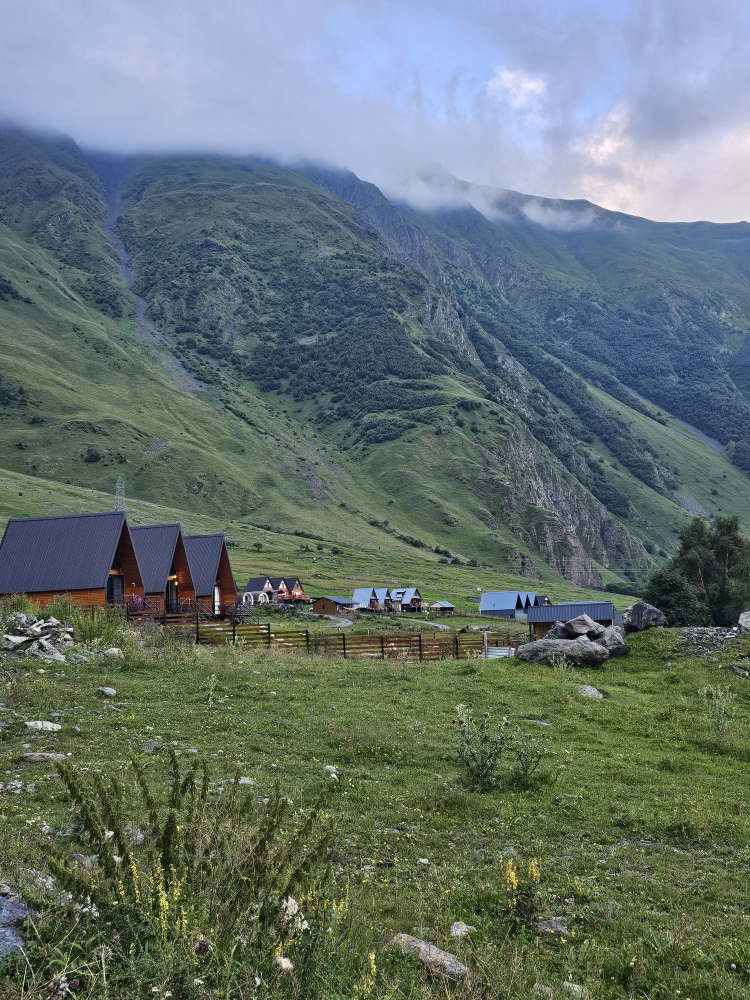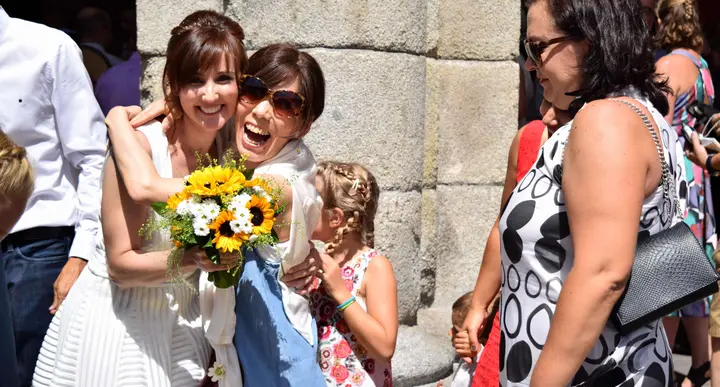
🇪🇸 Three Days in Madrid & Toledo: A Perfect Spain Itinerary (with Google Maps)
In Madrid, you don’t need a plan. Just start walking — get a little lost — and you’ll stumble upon art, history, and life around every corner. This three-day itinerary covers the best of Madrid and Toledo, with insider tips, historical gems, and practical details to make the most of your trip.
🎨 Why Visit Madrid?
Madrid is a cultural powerhouse. Its “Golden Triangle of Art” — the Prado, Reina Sofía, and Thyssen-Bornemisza museums — rivals any in the world. Masterpieces by Velázquez, Goya, El Greco, Picasso, Dalí, and Miró line the walls.
Beyond art, the Royal Palace and Almudena Cathedral showcase Spain’s regal past. Puerta del Sol, Plaza Mayor, and the ancient Temple of Debod reveal layers of history. At night, neighborhoods like La Latina, Chueca, and Malasaña come alive with tapas, music, and people spilling onto the streets.
🏙️ Barcelona or Madrid?It’s a tough call. Barcelona has Gaudí’s surreal Modernisme architecture, beaches, and a coastal vibe. But Madrid has a royal soul, unmatched museums, and energy that pulses into the night. If you love art, history, and walkable cities with heart, Madrid might just win you over.
What a day! witnessed a magnificent wedding in Madrid—a fairytale moment! ⏳ Is 3 Days Enough?Yes — three days gives you a solid taste of Madrid’s highlights and time for a day trip to the magical city of Toledo. It’s enough to appreciate Spanish culture, art, architecture, and cuisine without feeling rushed.
🌤️ When to Visit MadridThe best times to visit are spring (March–May) and fall (September–November). Expect mild weather and fewer tourists. Summer can be scorching (35°C+), while winter is cooler but still relatively mild.
✈️ Getting from Madrid Airport to the City CenterMadrid-Barajas Adolfo Suárez Airport (MAD) is well-connected:
- Metro Line 8: ~30 minutes, €5
- Airport Express Bus: 24/7, ~40 minutes, €5
- Taxi: ~€30 flat rate, 20–30 minutes
- Cercanías C1 Train: ~25 minutes to Atocha, €2.60
- AVE High-Speed Train
- Duration: 2.5–3 hours
- Cost: €40–€150 (depending on class and booking time)
- Departs: Barcelona Sants → Arrives: Madrid Atocha
- Fast, modern, with Wi-Fi and food options
Madrid’s public transport is top-notch — metro, buses, and trains run efficiently.
But honestly? Walking is the best way to explore. Most attractions are clustered, and the streets themselves are part of the charm.
the ultimate showdown? Alien vs. Predator ✈️ Visa Application for FilipinosA Schengen visa is needed to visit Spain.
Refer to this Schengen Visa link for requirements.
🛏️ Top Places to Stay in Madrid ✅ Must-Do Activities in Madrid stunning hotel in Madrid 🎟️ Is the Madrid Tourist Travel Pass Worth It?If you're staying more than a day and using public transport often, the Abono Turístico offers great value.
- 1 Day: €8.40
- 2 Days: €14.20
- 3 Days: €18.40
- 5 Days: €26.80
- 7 Days: €35.40
Good value if:
- You're traveling to distant attractions (e.g., El Escorial)
- You prefer public transport over walking
Not worth it if:
- You're walking most of the time
- You're staying central and traveling lightly
Madrid is generally very safe. Petty theft (especially pickpocketing) can occur in crowded areas like Puerta del Sol or El Rastro. Stay alert and use cross-body bags with zippers. Police presence is high in tourist zones.
Interesting! The streets of Madrid come alive with diverse and vibrant performances 🗺️ The Itinerary- Day 1 – Historical Core & Classic Madrid
- Puerta del Sol
One of Madrid's most famous and bustling squares, often considered the heart of the city. It is a central hub for both locals and tourists, featuring iconic landmarks such as the clock tower of the old Post Office building (Casa de Correos) and the statue of the Bear and the Strawberry Tree (El Oso y el Madroño), the symbol of Madrid. Puerta del Sol is the location of the "Kilometer Zero" plaque, which marks the official starting point for Spain's six national roads. It is also the traditional site for New Year's Eve celebrations, where crowds gather to eat twelve grapes at the stroke of midnight for good luck in the coming year. Don't miss taking a photo with the Bear and the Strawberry Tree statue and the Kilometer Zero plaque. As a busy area, it's a hotspot for pickpockets. Keep an eye on your belongings.
- Plaza Mayor
A grand, rectangular square in the heart of Madrid, surrounded by elegant three-story residential buildings with picturesque balconies. This historic square has been the site of markets, bullfights, and public executions, and today it is a popular spot for tourists and locals to relax and enjoy the ambiance. The statue of King Philip III on horseback, which stands in the centre of Plaza Mayor, was commissioned in 1616 but was not placed in the square until 1848. The square itself has undergone several reconstructions due to fires, with its current design dating back to 1790. The square is lined with cafes and restaurants, making it a great place to enjoy a meal or a drink while people-watching. However, prices can be higher than in other parts of the city. Check the local calendar for events and festivals that often take place in Plaza Mayor, such as the annual Christmas market.
the historic grandeur of Plaza Mayor, where every corner tells a story - El Rastro
Madrid's most famous open-air flea market, held every Sunday and public holiday in the La Latina neighbourhood. It features a wide array of stalls selling antiques, clothes, accessories, and unique collectables. El Rastro has been a bustling market since the 15th century and is named after the "trail" (rastro) of blood left by cattle being transported from the slaughterhouse to the tanneries. Arrive early to avoid the crowds and get the best deals. Be mindful of your belongings, as the market can get quite crowded.
- Mercado de San Miguel
A historic covered market located near Plaza Mayor. It offers a gourmet food experience with a variety of Spanish delicacies, including tapas, fresh seafood, and artisanal products. The market, built in 1916, is one of the few remaining iron structures in Madrid and has been beautifully restored to preserve its historic charm. Try the "croquetas" and "jamón ibérico" for an authentic taste of Spanish cuisine.
lively atmosphere at Mercado de San Miguelculinary wonders of Mercado de San Miguel—Madrid's gourmet paradise - Real Basilica of Saint Francis the Great
A stunning neoclassical church known for its impressive dome, one of the largest in the world, and its beautiful frescoes and artworks. The basilica's dome is 33 meters in diameter, making it one of the largest domes in Christendom, comparable to those of St. Peter's Basilica in Rome and the Pantheon. The church is less crowded than other major attractions.
- Catedral de la Almudena
A neo-Gothic church located next to the Royal Palace. It features a blend of architectural styles and offers panoramic views of Madrid from its dome. The cathedral took over 100 years to complete, with construction starting in 1879 and finishing in 1993. It was consecrated by Pope John Paul II. Visit the crypt, which has a high chance of being overlooked but contains beautiful chapels and stained glass windows. The rooftop terrace offers stunning views of the city.
Marvel the architectural beauty and spiritual significance of Catedral de Santa María la Real de la Almudena - Royal Palace of Madrid
The official residence of the Spanish Royal Family, although it is now used primarily for state ceremonies. It is one of the largest palaces in Europe, with over 3,000 rooms. The palace's grand staircase, designed by Sabatini, features 70 steps and is made from a single piece of San Agustín marble. Purchase tickets online to skip the lines. Don't miss the Royal Armory and the Royal Pharmacy, which are included in the tour and offer fascinating insights into royal life.
the opulent Royal Palace of Madrid, a true symbol of Spain's regal heritage - Temple of Debod
An ancient Egyptian temple that was gifted to Spain in 1968 and reconstructed in Madrid's Parque del Oeste. It is dedicated to the gods Amun and Isis. The temple was originally built in the 2nd century BC near Aswan in southern Egypt and was dismantled and transported to Madrid to save it from flooding caused by the construction of the Aswan High Dam. Visit at sunset for breathtaking views and photo opportunities. The temple is free to enter, but it can get crowded.
- Malasaña
A trendy neighbourhood in Madrid known for its vibrant nightlife, eclectic shops, and bohemian atmosphere. It played a central role in the "Movida Madrileña" countercultural movement of the 1980s. The neighborhood is named after Manuela Malasaña, a heroine of the Spanish resistance against Napoleon's troops in 1808. Explore the area on foot to discover its hidden gems, including vintage shops, quirky cafes, and street art. Plaza del Dos de Mayo is a great spot to relax and people-watch.
the bohemian charm of Malasaña, Madrid's hip and vibrant neighbourhood - Calle Gran Vía
One of Madrid's most famous streets, often referred to as the "Spanish Broadway." It is lined with theatres, cinemas, shopping centres, and historic buildings. The street was constructed in the early 20th century to modernise the city and improve traffic flow, and it took over 20 years to complete. Walk the length of Gran Vía to appreciate its architectural beauty and vibrant atmosphere. Visit the rooftop terrace of the Circulo de Bellas Artes for a panoramic view of the city.
vibrant energy of Plaza del Callao, where the heart of Madrid beats
- Puerta del Sol
- Day 2 – Museums & Parks
- Thyssen-Bornemisza Museum
The Thyssen-Bornemisza Museum is part of Madrid's "Golden Triangle of Art," featuring an extensive collection of European paintings from the 13th to the 20th centuries. It includes works by masters such as Caravaggio, Van Gogh, and Picasso. The museum was originally a private collection belonging to the Thyssen-Bornemisza family and is considered one of the most important private art collections in the world. Purchase a combined ticket for the Thyssen-Bornemisza, Prado, and Reina Sofía museums to save money. Allocate at least a couple of hours to fully appreciate the diverse collection.
Spain is a romantic destination with countless activities for couples, from strolling through historic streets to enjoying sunset views and intimate dinners - Prado Museum
One of the most prestigious art museums in the world, housing an extensive collection of European art from the 12th to the early 20th century. Highlights include works by Velázquez, Goya, and El Greco. The Prado Museum's collection includes over 8,000 drawings, 7,600 paintings, 4,800 prints, and 1,000 sculptures, although only a fraction is on display at any given time. Visit during the museum's free entry hours (usually in the last two hours of the day) to save on admission fees.
- Museo Nacional Centro de Arte Reina Sofía
The Reina Sofía Museum is dedicated to modern and contemporary art, featuring works by Picasso, Dalí, and Miró. Its centrepiece is Picasso's iconic "Guernica." The museum is housed in a former hospital building, which was extensively renovated and expanded with a modern glass and steel structure designed by architect Jean Nouvel. Don't miss the opportunity to see "Guernica" in person; it's a powerful and moving experience. The museum is free to enter on certain days and times.
- El Retiro Park
One of Madrid's largest and most popular parks, offering a peaceful retreat with beautiful gardens, a large lake, and historic monuments like the Crystal Palace. The park was originally created as a royal retreat for King Philip IV in the 17th century and was opened to the public in the late 19th century. Rent a rowboat on the park's lake for a relaxing experience. Visit the Crystal Palace, which often hosts contemporary art exhibitions. The park is perfect for a leisurely stroll or a picnic.
- Puerta de Alcalá
A grand neoclassical monument and one of Madrid's most iconic landmarks. It was commissioned by King Charles III in the 18th century as a gate to the city. The Puerta de Alcalá predates other famous triumphal arches like the Arc de Triomphe in Paris and the Brandenburg Gate in Berlin. The monument is beautifully illuminated at night, making it a great spot for evening photography. Combine the visit with a walkthrough of nearby El Retiro Park.
- Santiago Bernabéu Stadium
The home of Real Madrid, one of the most successful football clubs in the world. The stadium offers guided tours that include the trophy room, locker rooms, and pitchside access. The stadium is named after Santiago Bernabéu, a former Real Madrid player and president who significantly contributed to the club's success and development. Book your tour tickets online to avoid long queues. If you're a football fan, try to catch a match to experience the electric atmosphere. The stadium also has a museum dedicated to the club's history.
- Thyssen-Bornemisza Museum
- Day 3 – Day Trip to Toledo
Toledo is like stepping into a medieval painting — a UNESCO World Heritage site known for its history, swords, and skyline.
🚆 Getting there:
- High-speed train from Madrid Atocha to Toledo: ~33 minutes
🧭 See our Toledo Day Trip Guide
Madrid is a foodie’s dream:
- Madrileño: Hearty chickpea stew
- Bocadillo de Calamares: Fried calamari sandwich (try it near Plaza Mayor)
- Churros con Chocolate: Best late at night or early morning
- Tapas Crawl: Explore La Latina, Lavapiés, and Malasaña for authentic bars
Markets like San Miguel and San Antón are perfect for sampling bites from across Spain.
time to indulge in the famous tapa ⚠️ Final Tips- Summer heat is real — plan breaks and hydrate
- Crowds can be intense around major attractions, especially in peak season
- Plan museum visits in advance — many have free entry hours
Madrid is a city that grows on you — not with flashy sights, but with stories, energy, and soul. Whether you're an art lover, history buff, foodie, or flaneur, this itinerary gives you a rich, memorable experience.
Salud, and happy travels!
Just caught a Pikachu in the heart of Madrid! gotta catch them all! 🗺️ Map
